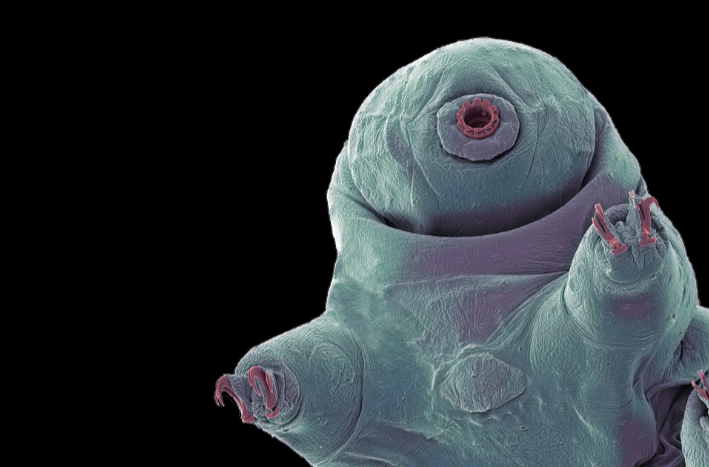
3 minute read
Finding alien life in our solar system
Forget the Martian thing: alien life is possible in our solar system, and future space probes might confirm it, writes Sara Webb.
Are we alone in the universe? It’s one of the most intriguing questions in science, because there are only two possibilities, Yes or No, and either is equally exciting and terrifying.
Advertisement
The bounds of our astronomical knowledge have expanded exponentially in the past 100 years; our observable universe is suddenly bigger than we can comprehend. With trillions of galaxies and quadrillions of stars, it seems impossible that we’d be the only living things within this vast universe, and the only way to know for sure is for us to look.
The easiest place for us to really investigate firsthand the possibility of alien life, is in our very own cosmic backyard, the solar system. Our solar system is home to some pretty remarkable places, many with the potential for life as we know it.
Before we dive into where we should be looking and why, let’s first define what life needs to survive.
All life on Earth is something called “carbon based”. Our DNA, tissues, proteins, fats and almost everything else in living cells are built around carbon. Carbon allows up to four different and simultaneous bonds between it and other atoms, making it incredibly good at forming long chains of molecules, like the ones that form our DNA.
One of the most important things carbon-based life needs to survive is water. Water is used by our cells to facilitate chemical reactions. So when we’re searching our solar system we’re looking for hints of organic carbon-based matter, and for water.
Only in very recent times have we discovered or confirmed the existence of water in our solar system beyond Earth. Places like the Moon and Mars appear to have pockets of frozen water at their poles, but these are not the places we’re excited about.
It was the 2005 discovery of liquid water spewing out of Saturn’s icy moon Enceladus that changed everything. The images sent back from the Cassini space probe were mesmerising. They showed an alien moon with huge geysers of liquid water flowing out of the surface. It only got better when plumes of water were finally confirmed in 2018 on Europa, the icy moon of Jupiter.
We believe that both of these moons harbour massive amounts of liquid water, in under-surface oceans that could have friendly conditions for life to form. The frozen ice crust of each moon is thick enough to provide protection from harmful radiation. The building blocks of DNA are amino acids, organic compounds that can be destroyed if exposed to radiation over long periods of time. The water on each moon likely contains important ingredients for life – such as salt, carbon, hydrogen and sulphur –and on Enceladus we’ve even found organic compounds in the escaped water.
So with two excellent locations to look for life, where do we focus our attention?
For the full story on finding alien life in our solar system, head below to Cosmos 98 | Beyond the Palaeo










